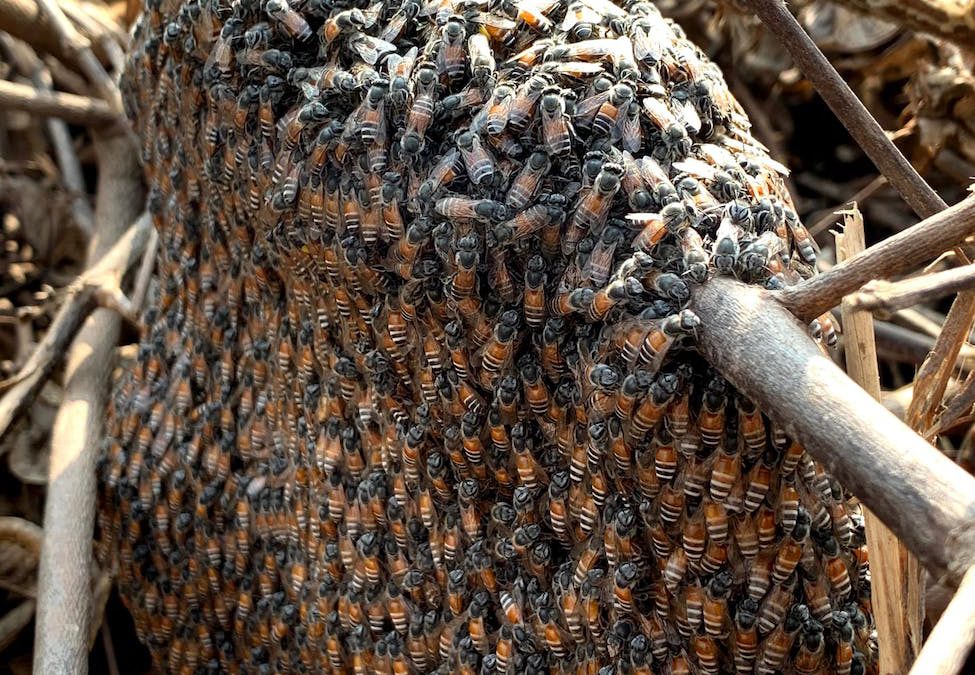Honeybees swarm as a way to reproduce and establish new colonies. It is not difficult to capture a swarm of bees if you know how. In this article, we discuss how bees choose a new nesting site once they have swarmed.
Here are 12 factors honeybees use to determine a nesting site:
1. Space: Bees look for a new location that provides enough space for the colony to expand and thrive.
2. Nest site quality: The bees assess the quality of the potential new nest site, looking for a secure and well-protected location.
3. Nest site entrance size: The entrance to the new nest site needs to be large enough to allow for easy access and exit for the bees, but not too large that it cannot be easily defended.
4. Nest site volume: The bees prefer a nest site with a large enough volume to accommodate the growing colony.
5. Nest site height: Bees tend to prefer nest sites that are located 8 to 12 feet above the ground.
6. Nest site odor: The bees are attracted to nest sites with a specific odor that signals a suitable location for the colony.
7. Nest site humidity: The humidity levels of the potential new nest site are also taken into consideration by the bees. They will not move into a wet hive.
8. Nest site temperature: The bees look for a nest site with the right temperature to ensure the comfort and survival of the colony.
9. Nest site light exposure: The amount of light that the potential nest site receives is also an important factor for the bees.
10. Nest site food availability: Bees consider the availability of food sources in the vicinity of the potential new nest site.
11. Nest site water availability: Access to water is essential for the bees, so they look for a nest site close to a water source.
Finally…
12. Nest site distance: The distance from the current nest site to the potential new location is also taken into account by the bees when making their decision.

